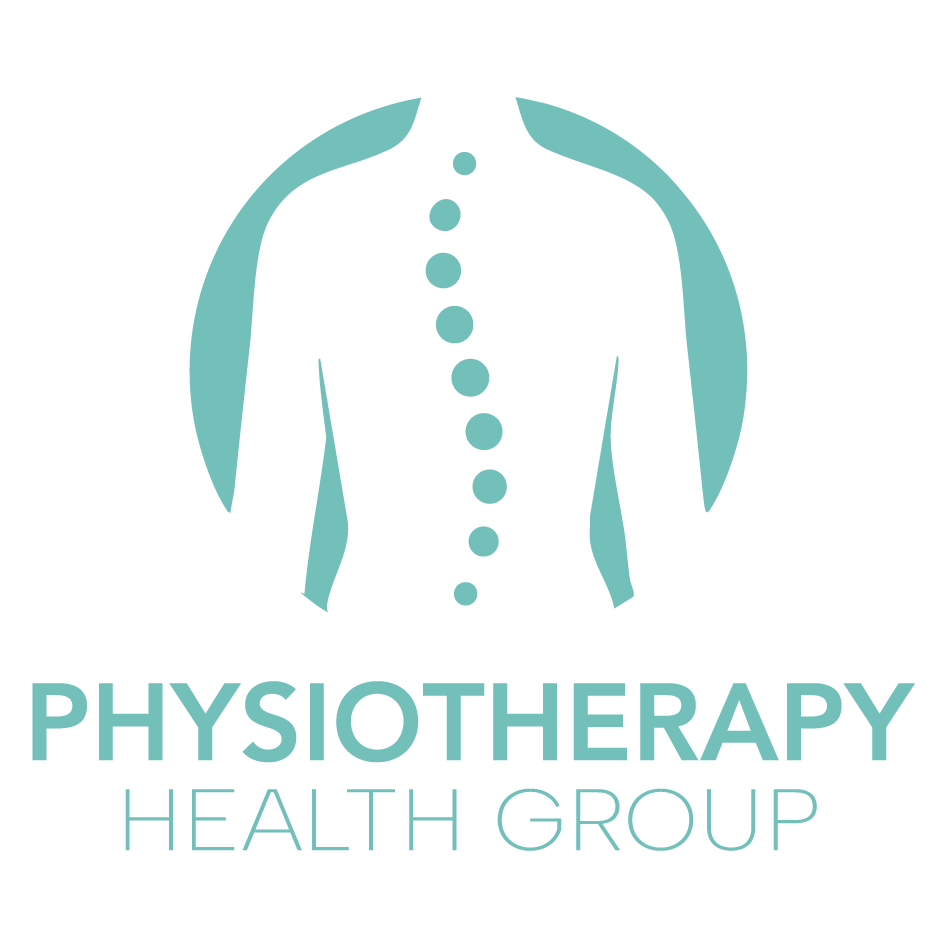Chiropractic

Regain Alignment, Alleviate Pain, and Improve Posture
Chiropractic care targets the spine and musculoskeletal system to alleviate back and neck pain, enhance posture, and restore alignment, helping you feel and move better every day.

Frequently Asked Questions
Got questions? Ease your mind by reading answers to common concerns. Setting the right expectations can prepare you to make the most of your healing journey.
During an adjustment, the chiropractor uses controlled force to manipulate specific joints, often in the spine. You might hear a popping sound, which is simply gas being released from the joint, similar to cracking your knuckles.
Yes. By addressing misalignments and promoting better posture and joint function, chiropractic care may reduce the risk of future injuries, particularly for athletes or those with physically demanding jobs.
In some cases, chiropractic care may help manage pain and improve mobility enough that patients can avoid or delay surgery, especially for back and neck issues. However, this depends on the individual’s condition and should always be discussed with a healthcare provider.
Yes. Chiropractic adjustments, particularly around the neck and upper back, may help improve sinus drainage and relieve pressure. Some people with chronic sinus issues report relief after chiropractic care.
Learn More About Chiropractic Care
Chiropractic care addresses various conditions affecting your musculoskeletal system.
● Chronic and Acute Back Pain: Techniques to relieve discomfort and enhance mobility.
● Neck Pain: Alleviate stiffness and tension in your neck with spinal adjustments.
● Headaches: Address tension and migraine headaches effectively through spinal adjustments.
● Sciatica: Target pain radiating down the leg with specialized techniques.
● Sports Injuries: Promote healing and recovery for active individuals.
● Posture Correction: Improve overall posture and reduce related discomfort.
● Joint Pain: Treat pain in arms, legs, and other joints for better function.
● Consultation: Discuss your symptoms and medical history to develop a tailored treatment plan.
● Prepare for Adjustment: Arrive relaxed and ready to communicate any discomfort or concerns.
● Wear Comfortable Clothing: Dress in loose-fitting attire that allows for easy movement during the adjustment.
● Immediate Relief: Experience reduced pain and improved mobility shortly after the adjustment.
● Post-Care Instructions: Follow any recommendations for at-home exercises or stretches to enhance results.
● Monitor Progress: Keep track of how you feel in the days following treatment and communicate any changes to your chiropractor for ongoing care.
